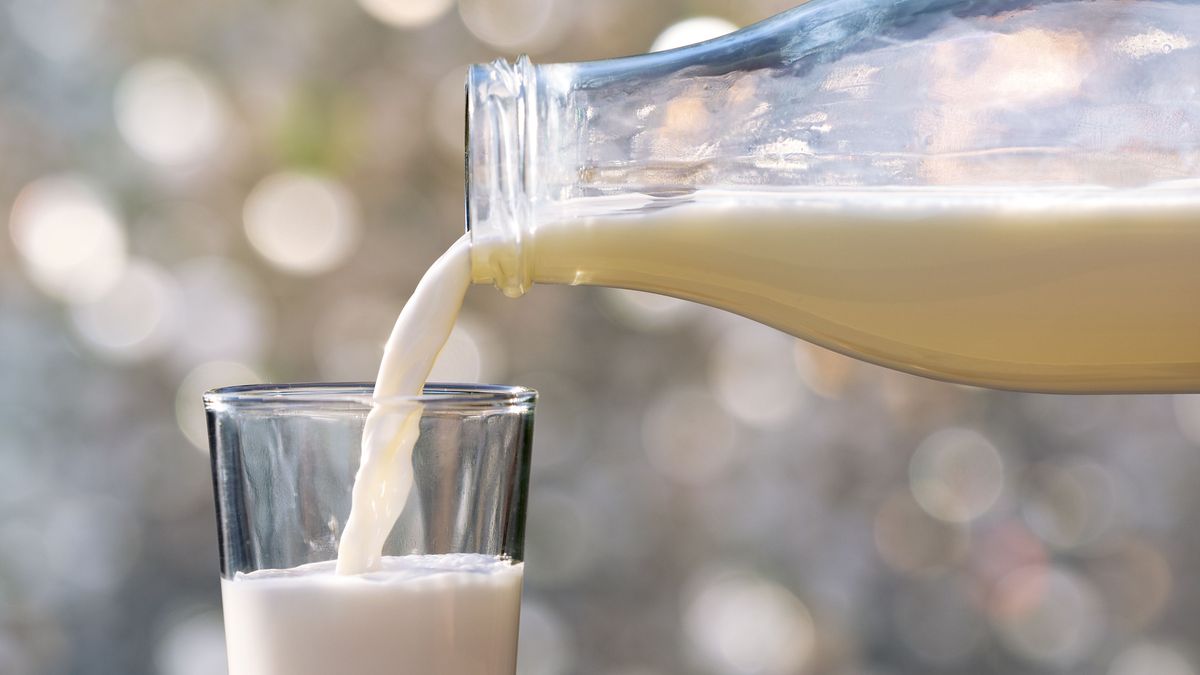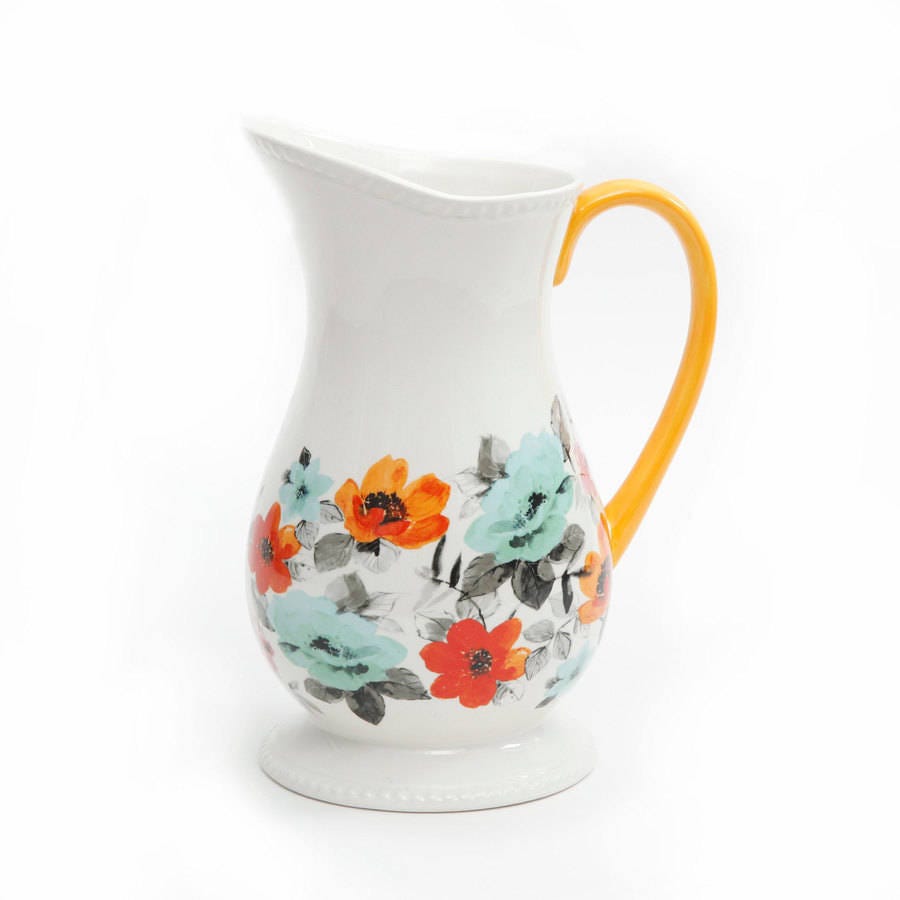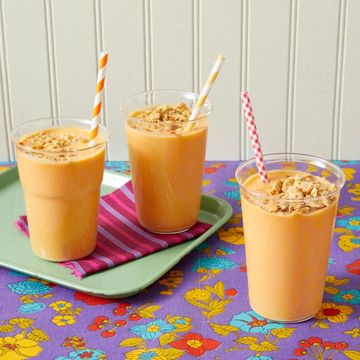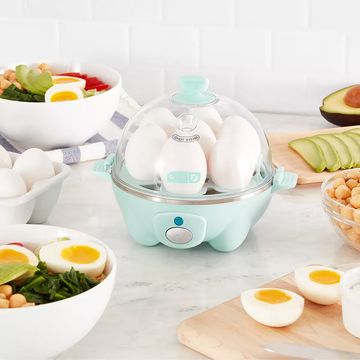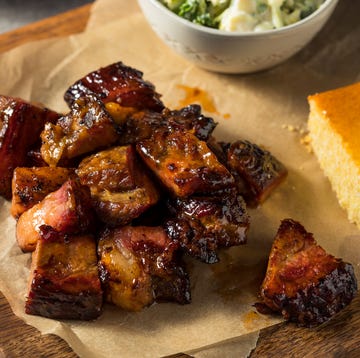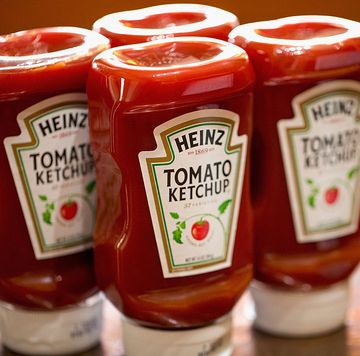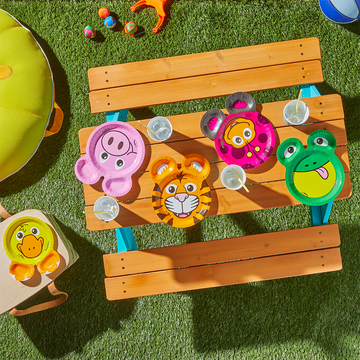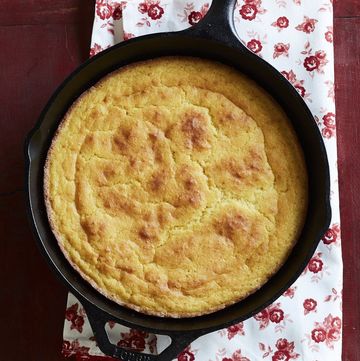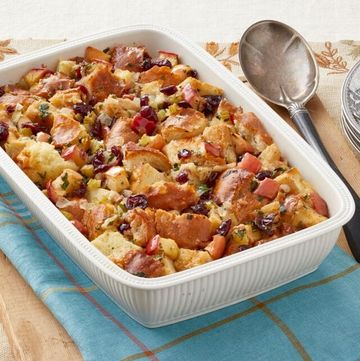Unless you're a devoted milk drinker, cracking open a gallon can feel a bit like a race against the clock. Sure you can use up a cup here and there to make a skillet of cornbread or a blackberry cobbler for dessert, but milk is one of those ingredients that often gets shoved to the back of the fridge and immediately forgotten about. Before you know it, seven days have passed and the expiration date has come and gone. If you've found yourself pouring more spoiled milk down the drain than you care to admit, keep reading.
It turns out there is a way to keep milk fresh for longer. Just like how you can freeze cheese, freeze eggs, and freeze butter, the good ol' freezer is the answer to your dairy dilemma! Rather than crying over spoiled milk, just freeze it! Plus, the next time you need a 1/2 cup of milk you can simply open your freezer instead of rushing to the supermarket for a whole new carton. Win-win! Ahead, we'll breakdown the guidelines on how to do so safely.
Can you freeze milk?
You can freeze milk for several months, but it's best used within a month of two of being frozen. After that, the texture of the milk starts to break down and the milk starts to become fully un-homogenized.
Milk is a natural emulsion—a substance that is made up of two liquid elements that don't mix together easily (think oil and water). When frozen, the two components of milk (fat and water) begin to separate causing what was once a homogenous mixture to un-homogenize. This causes thawed milk to look grainy and separated, which can be mistaken as spoiled milk. But rest assured, it's totally fine! Just give the milk a good shake and that should help bring back some if not all of the original consistency.
All that said, the more fat the milk contains, the more separated it will become once thawed. So the types of milk that freeze the best are skim and low-fat.
What is the best way to freeze milk?
As long as the original carton is made of plastic, you can freeze milk right in its own container. Just be sure to leave about a 1 1/2-inch gap at the top of the container before putting it into the freezer; milk expands when it's frozen. Glass or cardboard containers won't work for freezing as they can crack or explode. If you plan to use the milk a few tablespoons at a time, try freezing it in ice cube trays. Next time you need to add a small amount of milk to a sauce, it's ready to go and you don't have defrost more than you need. You can even add these frozen milk cubes to iced coffee or blend them into a morning smoothie!
Whichever method you opt for, just make sure the container is airtight—milk can easily pick up odors from other foods in the freezer. If you use ice cube trays, carefully wrap the tray with a few layers of plastic wrap before putting it in the freezer.
How do you thaw milk?
Whatever you do, don't thaw milk at room temperature! Not only can it diminish the quality, the milk can spoil altogether. The safest (and easiest!) way to thaw milk is to defrost it in the fridge overnight. If you're in a time crunch, though, try submerging the airtight container in a bowl of cold water. Replace the water periodically until the milk is completely thawed.
Can you freeze non-dairy milk?
Dairy substitutes like almond milk, oat milk, soy milk, and the likes can be frozen. Just know they tend to get grainier than regular milk when stored in the freezer. If you do end up freezing plant-based milks, use them in smoothies or cook with them.
